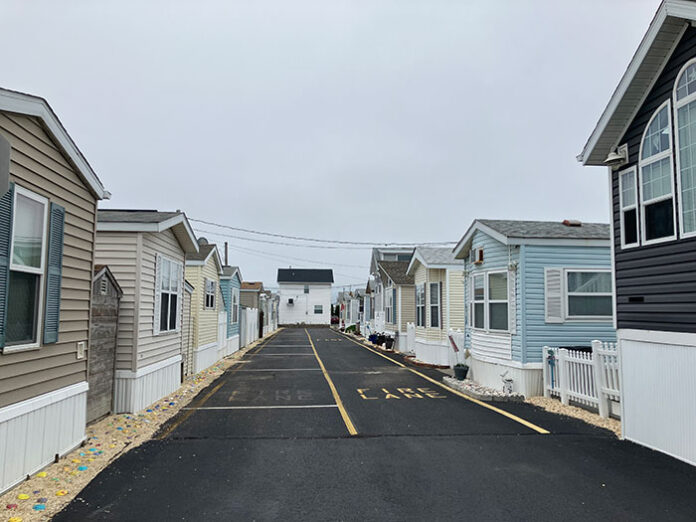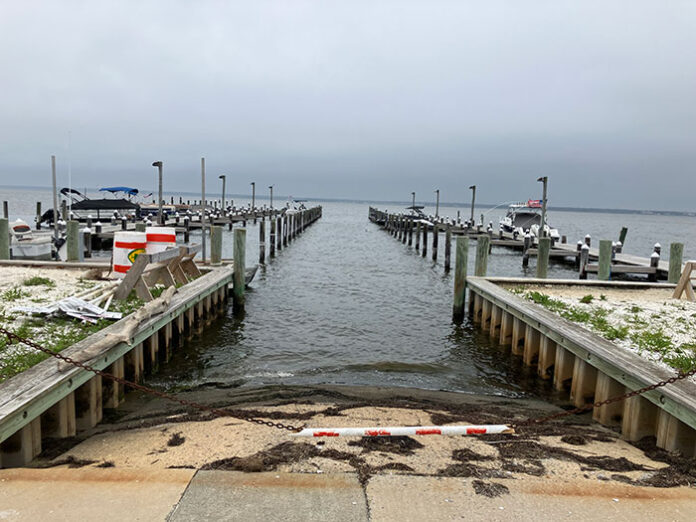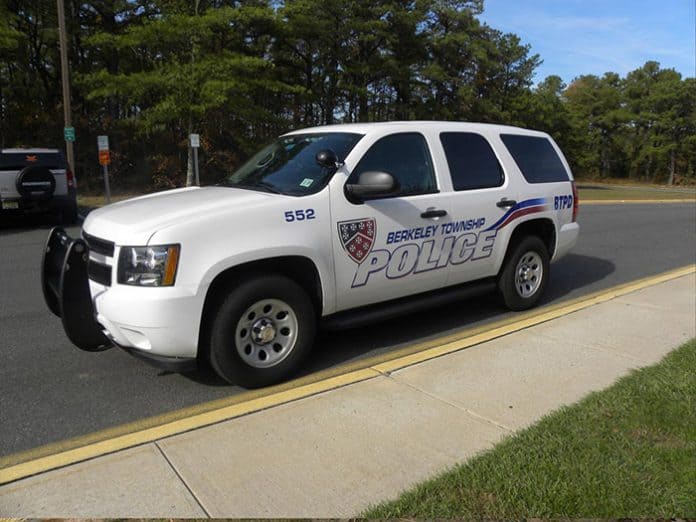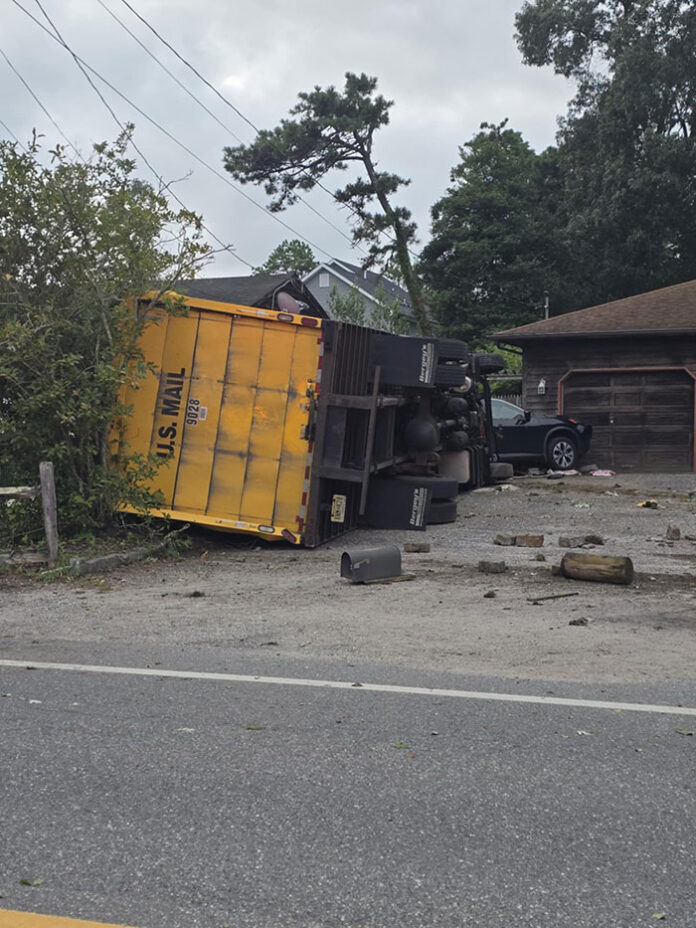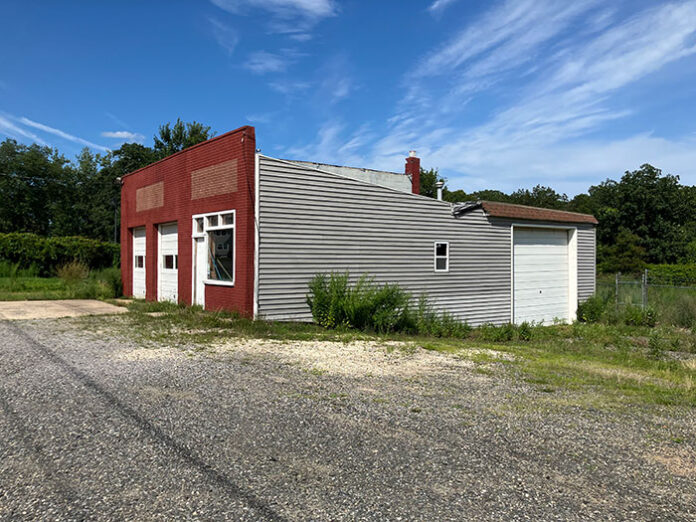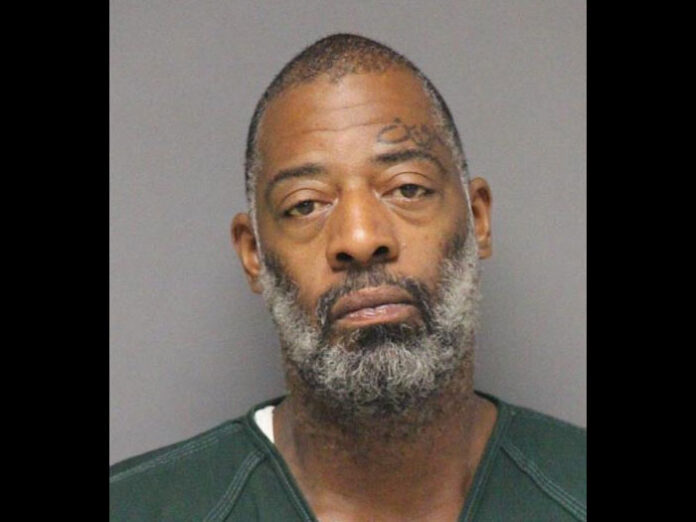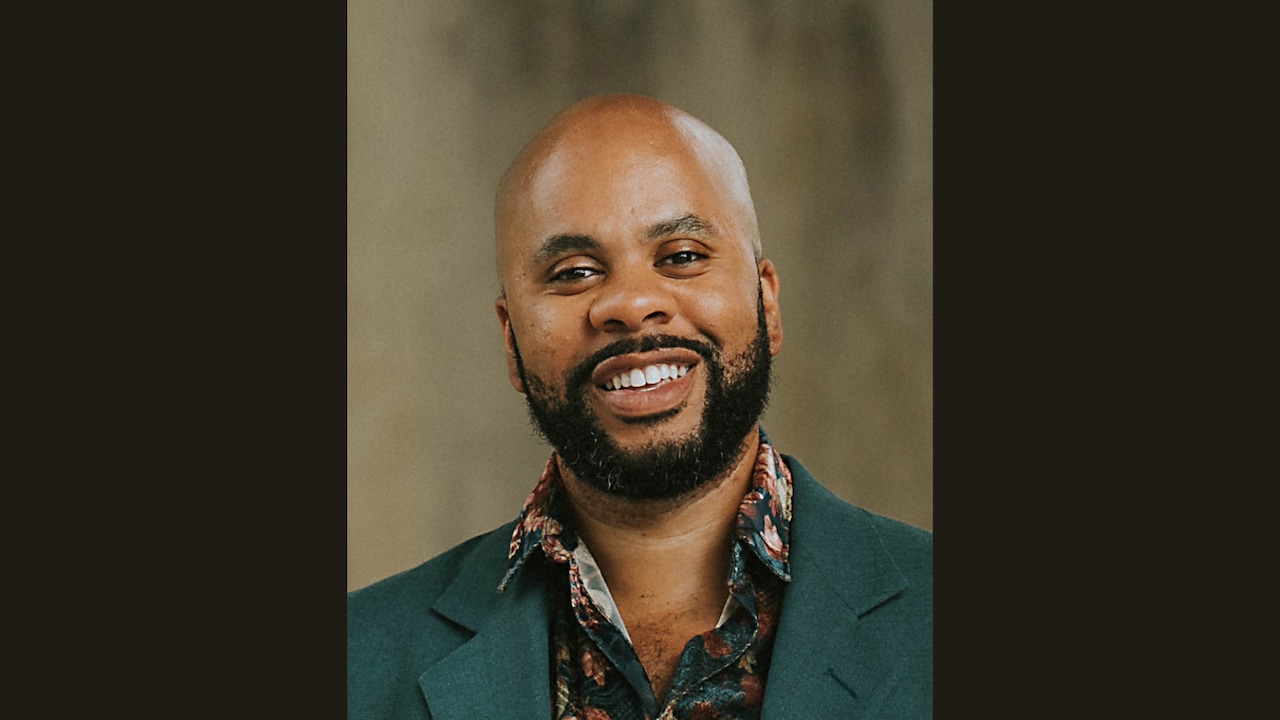Berkeley The Supreme Court of New Jersey ruled that South Seaside Park could petition to join Seaside Park and leave Berkeley Township.
SSP is permitted to leave Berkeley, according to the Supreme Court’s ruling. It is up to that community whether it joins Seaside Park. Nothing changes if Seaside Park declines.
SSP inhabitants have long complained that the rest of Berkeley does not treat them equally. Because the shore is a desirable place to live, people typically pay higher taxes than those on the mainland. Residents of SSP have reported receiving fewer services. They believe that Seaside Park is a better fit for them and that they have more in common there.
According to a court summary, inhabitants of SSP demonstrated that they use their companies and depend more on Seaside Park emergency services than Berkeley.
Don Whiteman, a resident of SSP, has been spearheading the movement to de-annex Berkeley, as it is formally known.
We didn’t receive many services when we first started this in 2014. “Berkeley began investing money (in SSP) when we went to court,” Whiteman added. They were investing more money as we continued to win.
He claimed that since Berkeley officials increased the area’s resources and services, there has been some appeasement. A satellite office for doing township business has replaced a real estate office. There is more frequent garbage collection. There were two patrol cars assigned to the area.
He claimed that (these services) ought to have been completed before 2014.
Although this has been a problem for decades, Whiteman stated that de-annexation will go place while John Bacchione is mayor. Actually, from 1973 to 1983, Whiteman’s father initiated the initial de-annexation campaign. His son would later follow the playbook he wrote. The 2022 lawyer submitted the 1983 court ruling as proof. Although the courts ruled in 1983 that SSP may depart Berkeley, Seaside Park refused to let them to do so.
It took ten years for the first attempt to depart; at least eleven years for this one.
Although he expressed disappointment with the verdict, Mayor John Bacchione stated that there is now no place for an appeal.
He said that the courts were unaware of the difficulties that the remaining Berkeley property owners would encounter if they left. Approximately 10.43% of the township’s tax revenue comes from SSP. The court only served a few hundred of Berkeley’s 46,000 residents who live on SSP (estimates range from 490 to 490 year-round).
I think they overlooked the tax implications. He claimed that it would harm Berkeley more than it would benefit South Seaside Park.
According to evidence from town financial authorities, if SSP departed, taxes for the remaining Berkeley residents would rise by an average of $147.63 annually based on 2017 figures.
While SSP may feel frustrated and inconvenienced by being a part of Berkeley Township, the Planning Board argued that they do not suffer the kind of long-term, structural, and inherently irreversible harm that the Legislature intended when it passed the de-annexation statute. According to the research, the remaining Berkeley Township people will suffer long-term, structural, and irreversible harm as a result of de-annexation.
According to an SSP-hired expert, mainland taxes would only rise by $35 annually, using 2017 figures once more. Back then, they claimed that if SSP residents joined Seaside Park, their taxes would drop by 40%.
According to the court, Berkeley would save some money by doing away with several summer auxiliary police posts and other services that would no longer be provided to the beach community.
Prolonged Trials
This area, which lies between the borough of Seaside Park and Island Beach State Park, is part of Berkeley Township by an odd historical coincidence. The borough of Seaside Park was also a part of Berkeley until 1898, when it became a separate municipality.
January 2015 through February 2019 saw 38 meetings of the Berkeley Township Planning Board. They heard arguments over whether SSP should quit from a lot of specialists on both sides throughout this time.
The Planning Board recommended in a 2020 resolution that the Township Council reject de-annexation. The Council concurred. SSP then filed a legal appeal to the council’s decision.
Judge Marlene Lynch-Ford concurred with SSP in 2022 that they need to be permitted to de-annex.
The court discovered a pattern of consistent actions and remarks made by the Planning Board and Township Council members that expressed hostility to the de-annexation.
It continued, “This court concludes that the outcome of this process was in fact predetermined due to the uncontested facts presented by the (SSP) petitioners.” The Planning Board members joined the adversarial process instead of holding a fact-finding hearing.
The court cited, among other things, that the planner for the Planning Board secretly counseled board members on how to address issues brought up. SSP was unable to cross-examine him since he was not a witness.
In order to deliberate strategy, the Township Council and Planning Board also met together. On their own time and at meetings, a few members of the Planning Board voiced their opposition to de-annexation.
Additionally, the court determined that being geographically separated from the majority of Berkeley is a sufficient excuse for leaving.
The requirement that the (SSP) plaintiffs travel via six or seven towns to get involved in Berkeley Township’s social, civic, and community affairs is illogical and counterintuitive, she said.
This verdict was appealed by the township. The Supreme Court heard arguments on April 29 and rendered a decision on July 10. The Supreme Court maintained the initial ruling. According to its opinion, SSP has fulfilled its obligation, demonstrating that the trial court’s de-annexation ruling was appropriate. Additionally, the Supreme Court ruled that the Berkeley Planning Board had not conducted an impartial assessment of the benefits of de-annexation.
Next Steps?
The court’s decision to allow SSP to depart does not imply that it will happen automatically.
Until Seaside Park makes a choice, we will continue to serve South Seaside Park, Bacchione stated. In that sense, not much will change.
According to him, there are numerous elements to take into account, and this procedure could take several months or even years.
There s debt service that Seaside Park would have to take on, Bacchione noted. There are concerns regarding township-owned property and a building. Seaside Park would need to offer additional services.
They ll make a good decision and do what they think is right for their town, he said.
He said he trusts the governing body of Seaside Park to make an intelligent decision. If it s put out to the voters in a referendum, like it was decades ago, then the people will decide.
Seaside Park Borough Administrator Karen Kroon said the South Seaside Park homeowners association would first have to petition the borough. Then, the borough will need to hire professionals to determine if it is a benefit to Seaside Park to take in this property.
She didn t want to hazard a guess as to what information will help make that decision; this is all new territory.
The governing body will do their due diligence, she said. It s a decision to be made on data and facts, not emotion.
